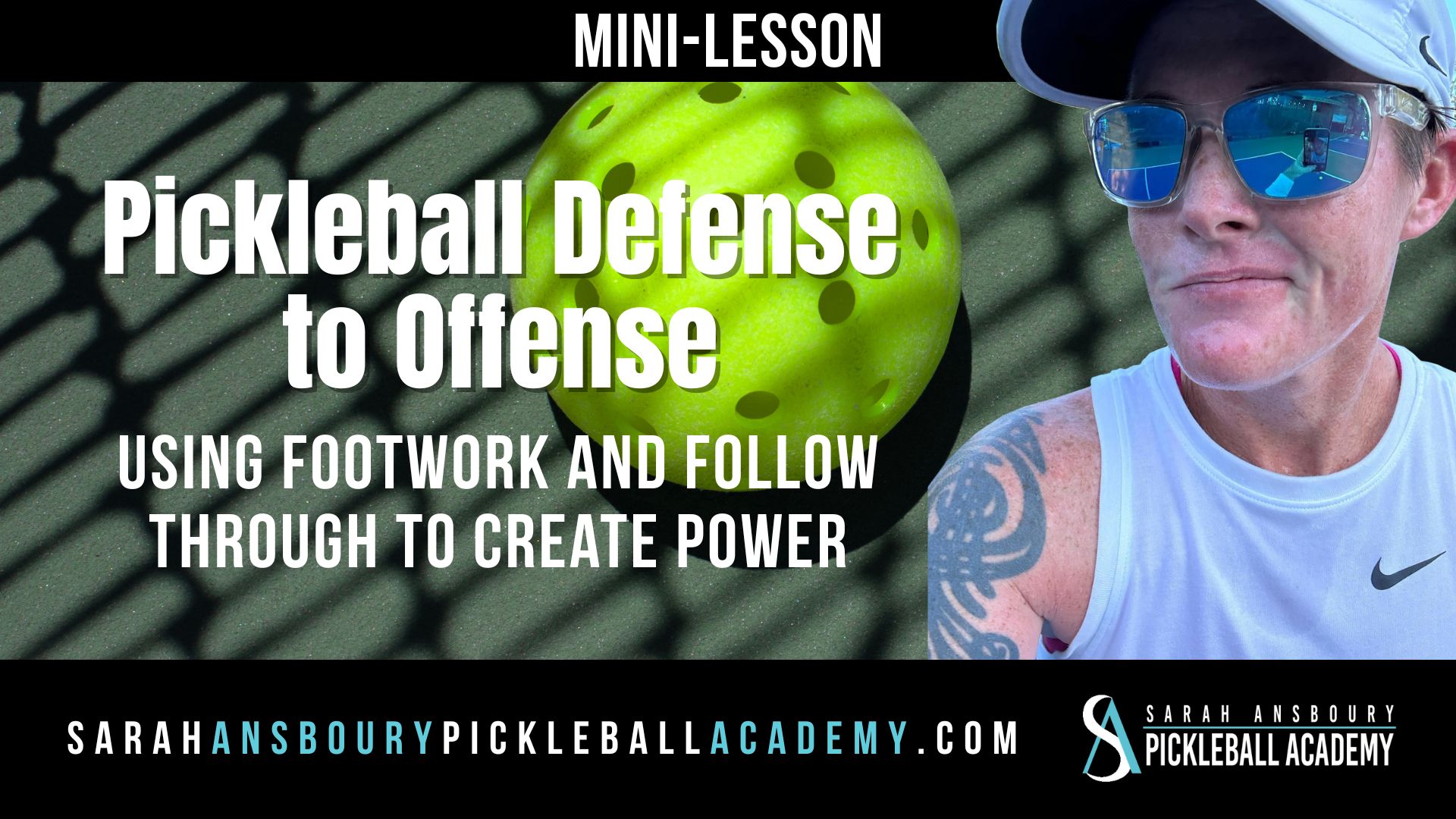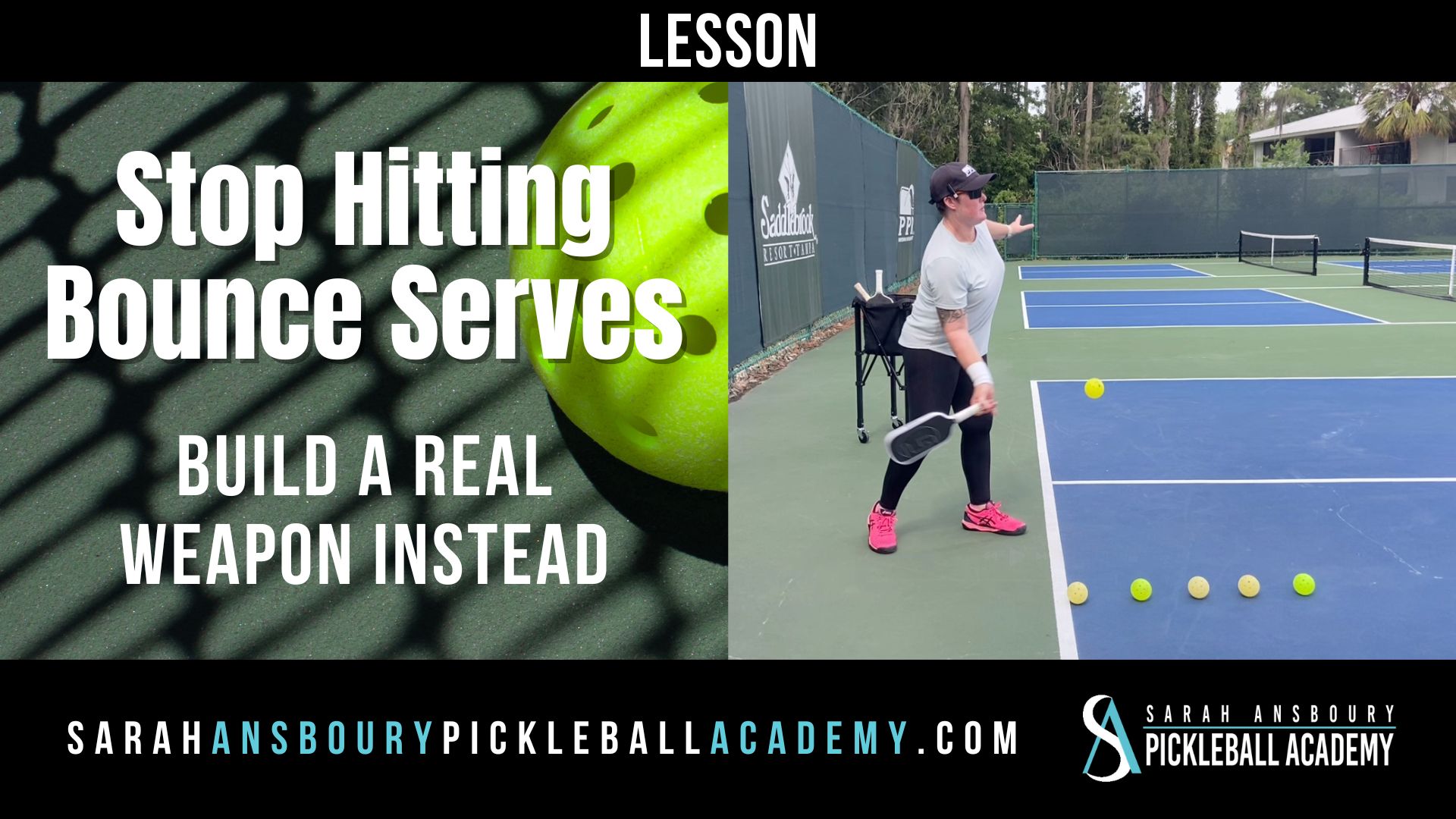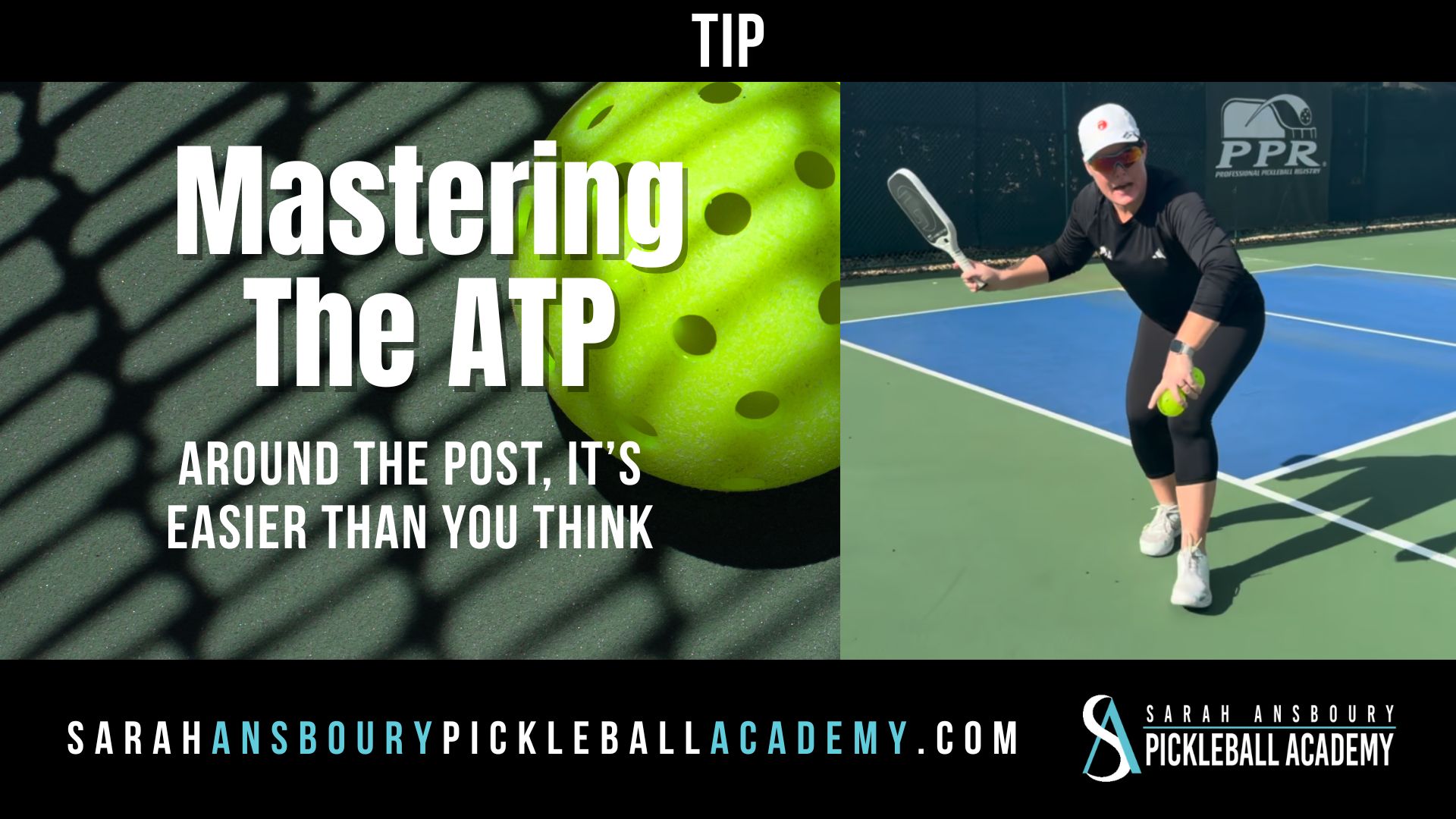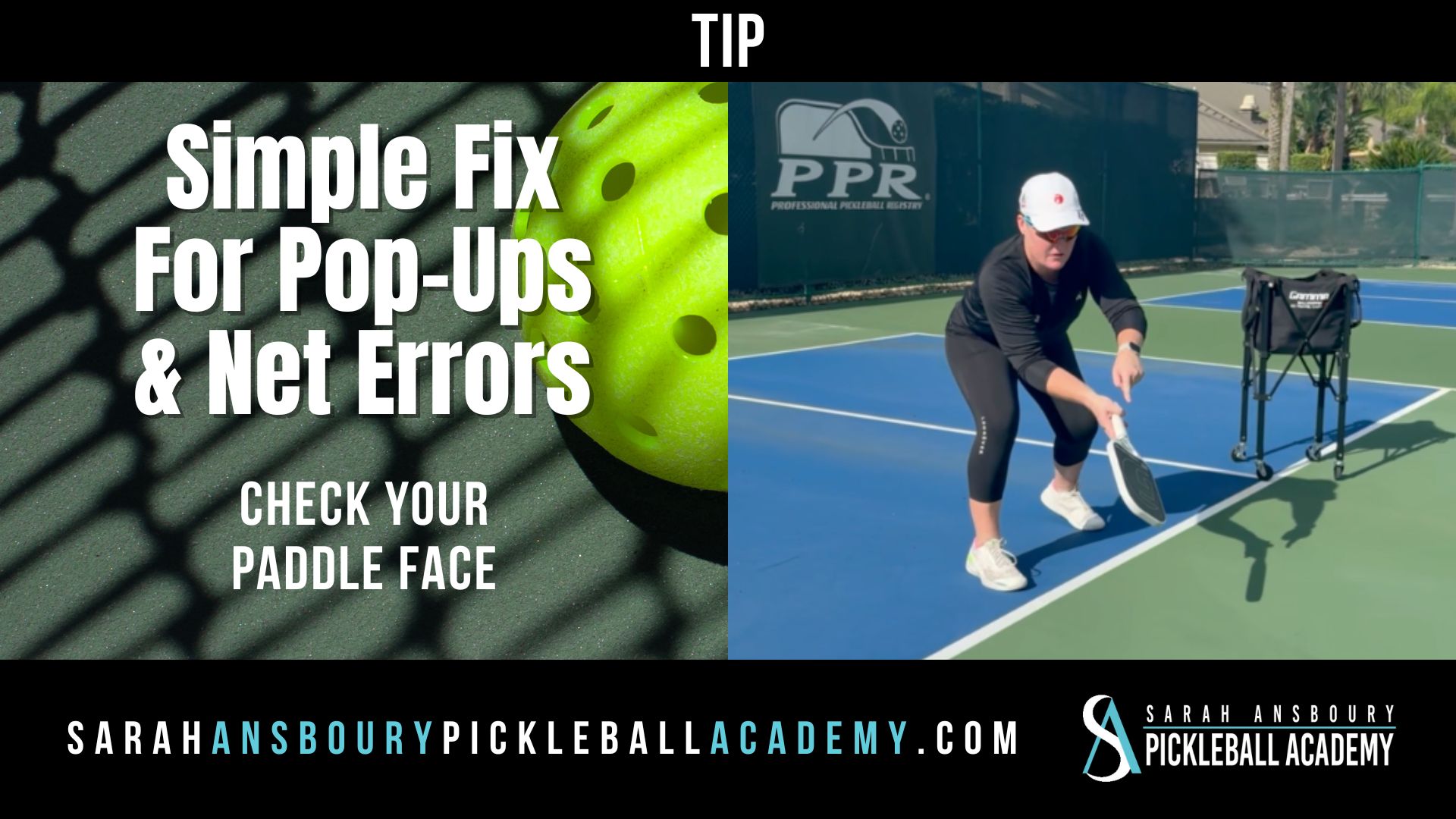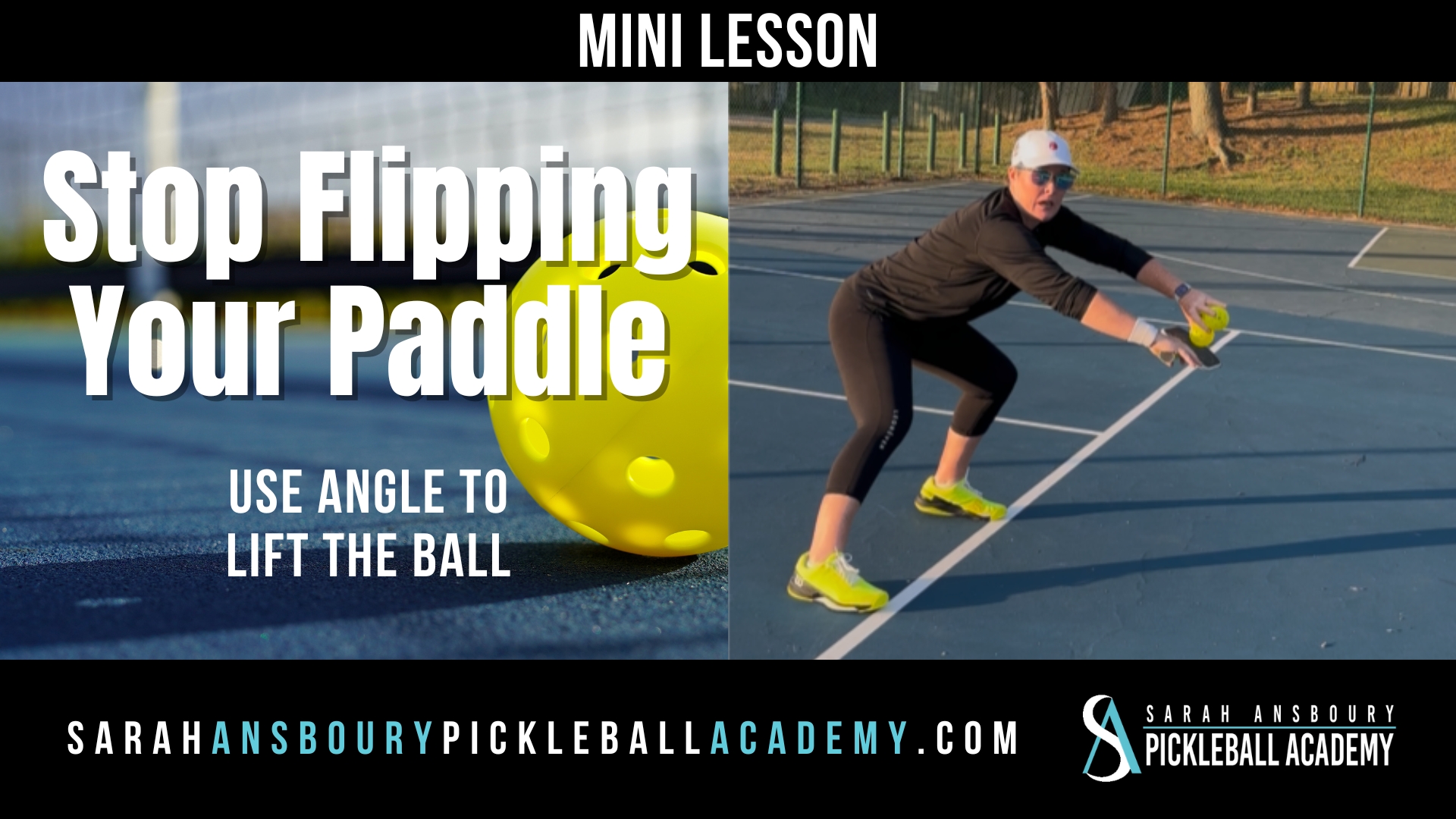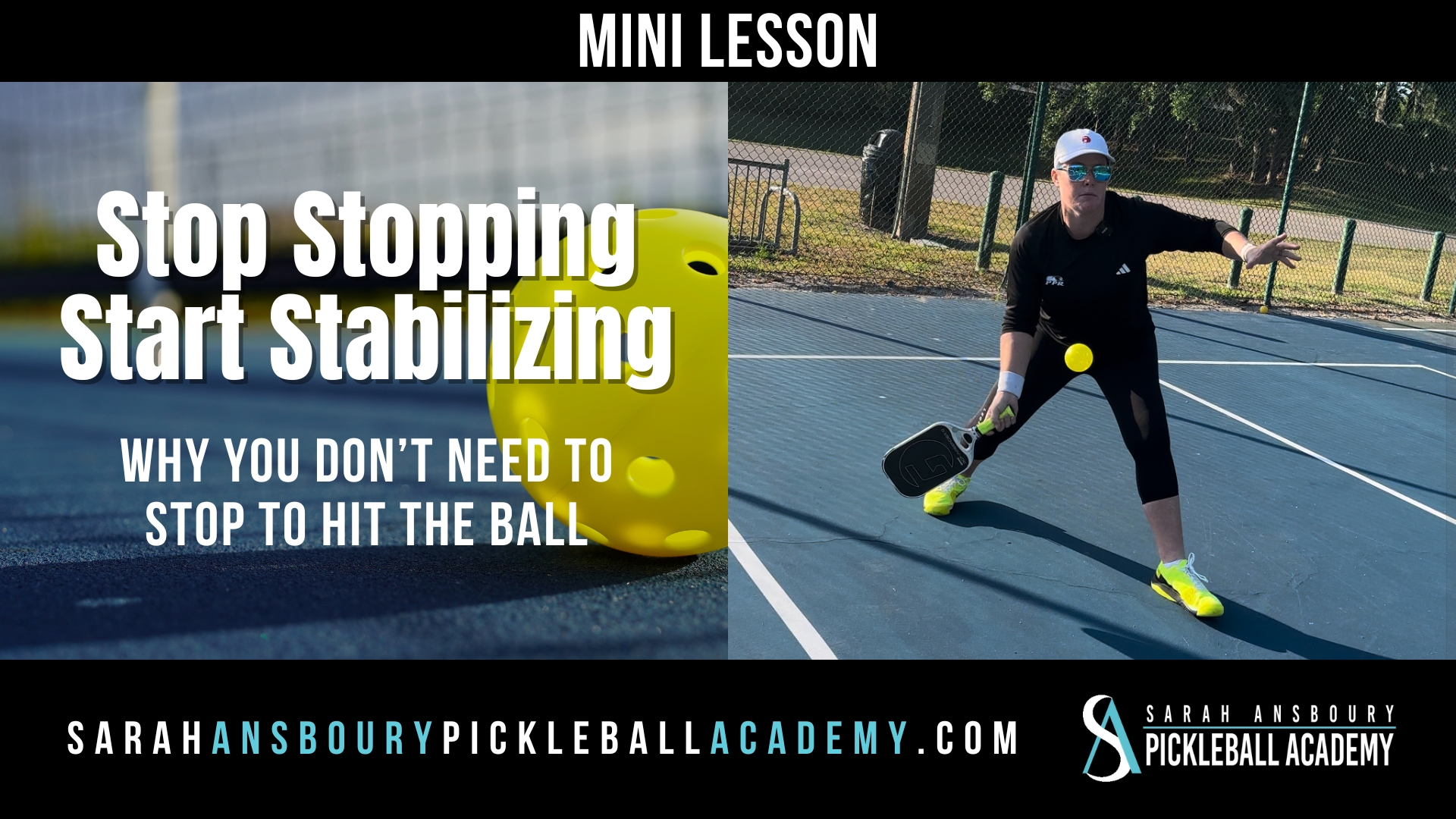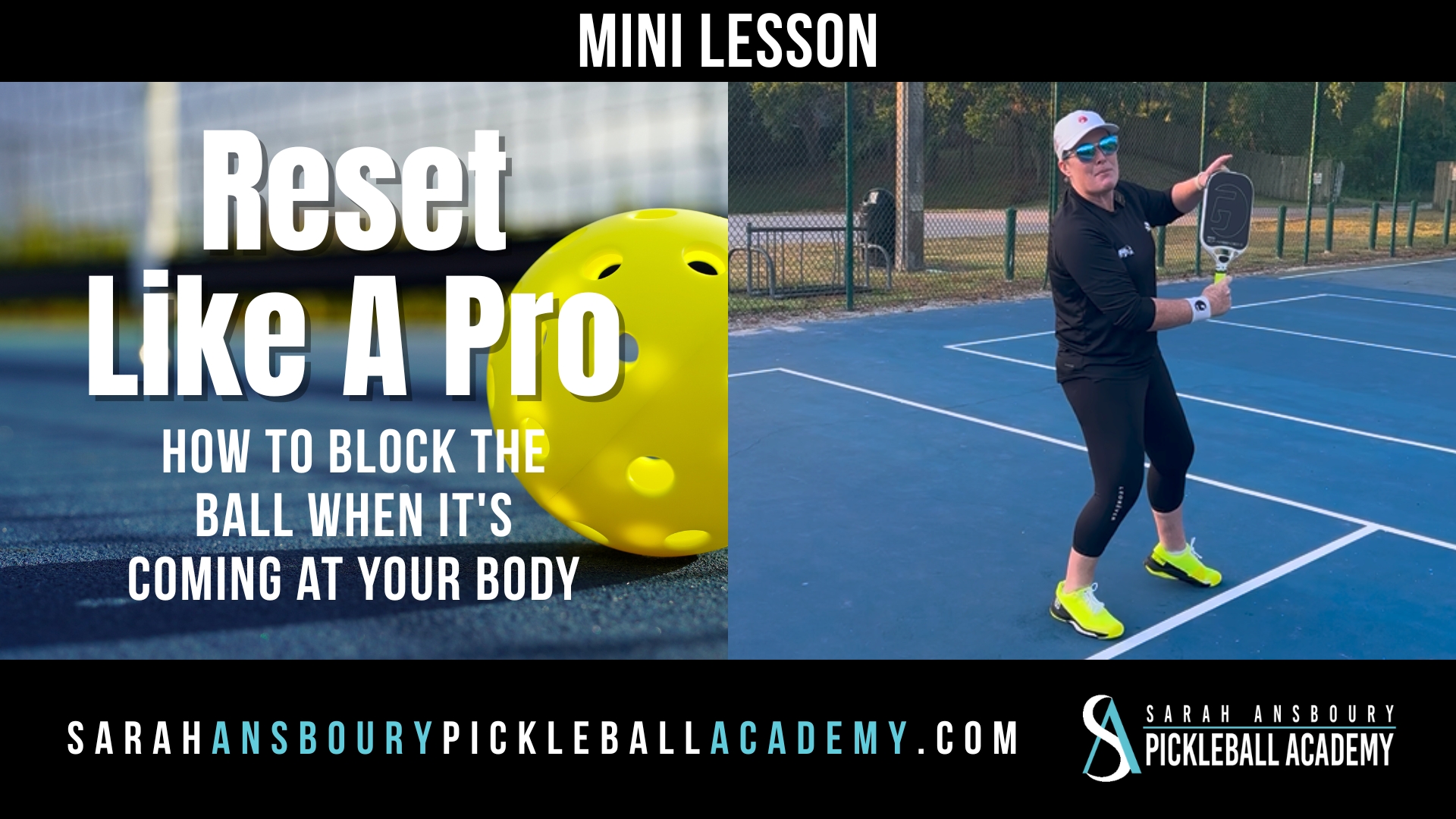In pickleball, the serve is one of the most fundamental aspects of the game. However, as adults, we often complicate what should be a straightforward motion, making it trickier than it needs to be. Today, we’re going to break down the serve into a simple progression that will help you build consistency and confidence in your serve.
Step 1: The Ball Toss
The key to a successful serve starts with the ball toss. It might seem basic, but getting this right sets the foundation for the entire motion. Here’s how to begin:
- Shoulder Hinging: As you prepare to serve, your stance should be set. The shoulder hinge is crucial—this is the movement that initiates your serve. Think of it as the starting point for your swing.
- Visualizing with Two Balls: To help you visualize the separation of your hands, I like to start with two balls. This helps you see where you should release the ball and where you should connect with it. Keeping your hands separated is essential to maintaining control and precision.
- Executing the Toss: With your stance and shoulder hinge ready, simply toss the ball. As you do this, focus on pushing off and ensuring that your hips and toes finish toward the target. Your body alignment is key to delivering a consistent serve.
Step 2: Adding the Serve
Now that you’ve mastered the toss, it’s time to add the ball and integrate the serve:
- Ball in Hand: Start with the ball in your left hand (for right-handed players). Begin in the same stance as before, with your hands separated.
- Drop and Serve: The progression involves dropping the ball and executing the serve in one smooth motion. This movement should mirror the simplicity of the ball toss. Keep the motion low to high, which will naturally generate topspin as you develop this shot.
- Avoiding Excess Movement: Many players struggle with unnecessary movement during their serve—too much footwork, too many extra motions. The goal here is to simplify. Focus on a smooth, controlled motion that minimizes extra movement.
Why This Matters
By breaking down your serve into these two simple stages, you’re building a solid foundation. The low to high motion is essential, and as you practice, you’ll start to notice the natural topspin that comes from this technique. Remember, simplicity is key. The more you can refine and minimize your movements, the more consistent and effective your serve will become.
Take your time with this progression, and don’t rush the process. The serve might be one of the most basic shots in pickleball, but it’s also one of the most important. By mastering these fundamentals, you’ll set yourself up for success on the court.

